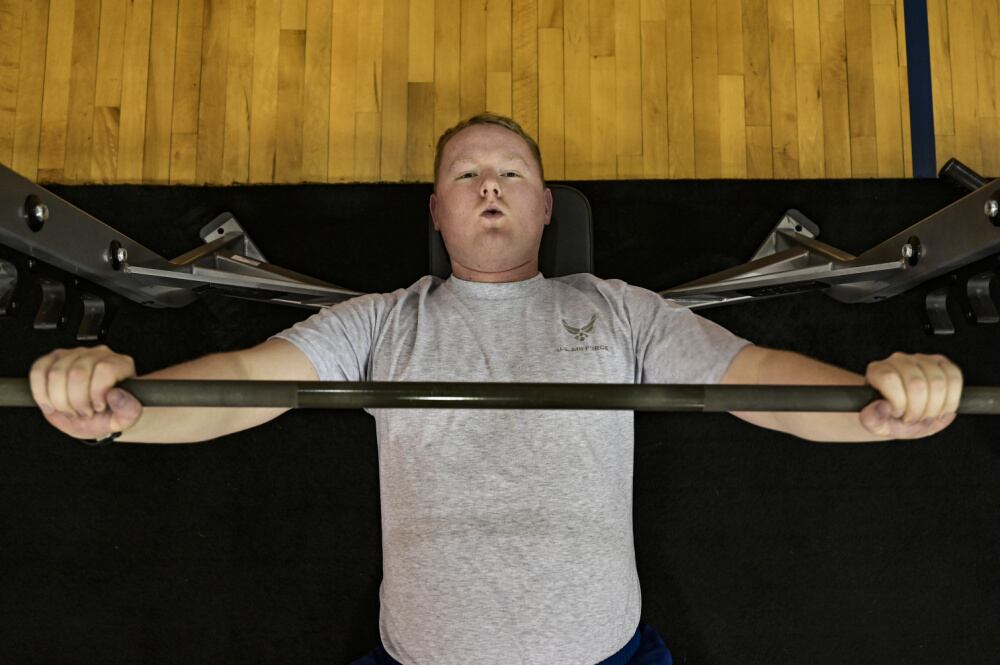Resolving to work out more in 2022? Practice the exercises that joined the Air Force physical fitness test on Jan. 1.
In the Air Force’s first full year of regularly scheduled PT tests since 2019, it’s letting airmen mix and match the exercises they want to be judged on. Proponents hope the change will play to people’s strengths rather than pigeonholing everyone into the same three moves.
Options include a 1.5-mile run or 20-meter shuttle run for cardiovascular fitness, traditional or hand-release pushups for upper body strength, and traditional sit-ups, cross-legged reverse crunches or planks for core strength.
Waist measurement no longer counts toward someone’s test score, but the military still requires airmen to maintain weight standards and be measured for healthy body composition.
Routine fitness testing resumed in July 2021 after a 16-month pause spurred by the ongoing coronavirus pandemic. Airmen can schedule their tests through the myFitness system now.
RELATED

They’ll be grouped into five-year age brackets from 25 to 59, plus one for airmen under 25 and over 60.
People who don’t feel quite ready for the real test can opt for a diagnostic version. They’re allowed to retake it without penalty if they fail, but keep the score if they pass.
Airmen recovering from COVID-19′s effects on their cardiovascular and respiratory systems may feel particularly stressed about the assessment. Alison Morrell, a health educator at F.E. Warren Air Force Base in Wyoming, offered workout advice to those who aren’t fully healed.
“A great place to start is moderate cardiovascular exercise three to four times a week along with weight lifting, and about two days of running,” she said in a release in July. “Once we have that baseline and slowly start to add, individuals will start to see improvement.”
Rachel Cohen is the editor of Air Force Times. She joined the publication as its senior reporter in March 2021. Her work has appeared in the Washington Post, the Frederick News-Post (Md.), Air and Space Forces Magazine, Inside Defense, Inside Health Policy and elsewhere.





